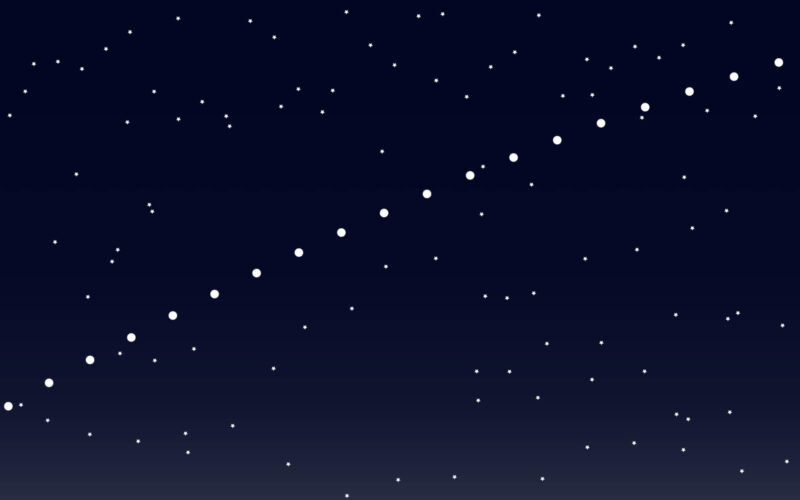A geomagnetic storm has wiped out up to 40 newly launched SpaceX Starlink satellites.
SpaceX, founded by entrepreneur Elon Musk, launched 49 Starlink satellites into low Earth orbit from Kennedy Space Center in Florida on February 3, 2022.
The satellites were successfully deployed into their initial low orbit, some 210 kilometers above Earth, by a SpaceX Falcon 9 rocket.
SpaceX said in an update on its website that it puts its satellites into low orbits to begin with so that in the event they don’t pass initial checks, they can be quickly removed from orbit by atmospheric drag and then burned up.
The Starlink constellation, which provides satellite-based broadband internet across the globe, usually orbits at 550 kilometers above Earth. Geostationary satellites providing space-based Internet are usually found much higher, at about 35,000 kilometers above the Earth.
However, the latest satellites to be deployed were hit by a geomagnetic storm one day after launch, on February 4, 2022. SpaceX explained that this warms the atmosphere and increases atmospheric density at the low altitudes where its satellites are deployed.
“In fact, onboard GPS suggest the escalation speed and severity of the storm caused atmospheric drag to increase up to 50% higher than during previous launches,” SpaceX said.
Although the Starlink team commanded the satellites to move into a position to “take cover” from the storm, the increased drag from the storm prevented the satellites from leaving their safe mode and commencing orbit raising maneuvers. The company said this means that up to 40 of the satellites have re-entered or will re-enter Earth’s atmosphere, where they will break up.
“The deorbiting satellites pose zero collision risk with other satellites and by design demise upon atmospheric reentry – meaning no orbital debris is created and no satellite parts hit the ground,” SpaceX affirmed.
While SpaceX currently uses the Falcon 9 to launch the Starlink satellites, it has announced plans to use its new Starship launch vehicle from March 2022.

